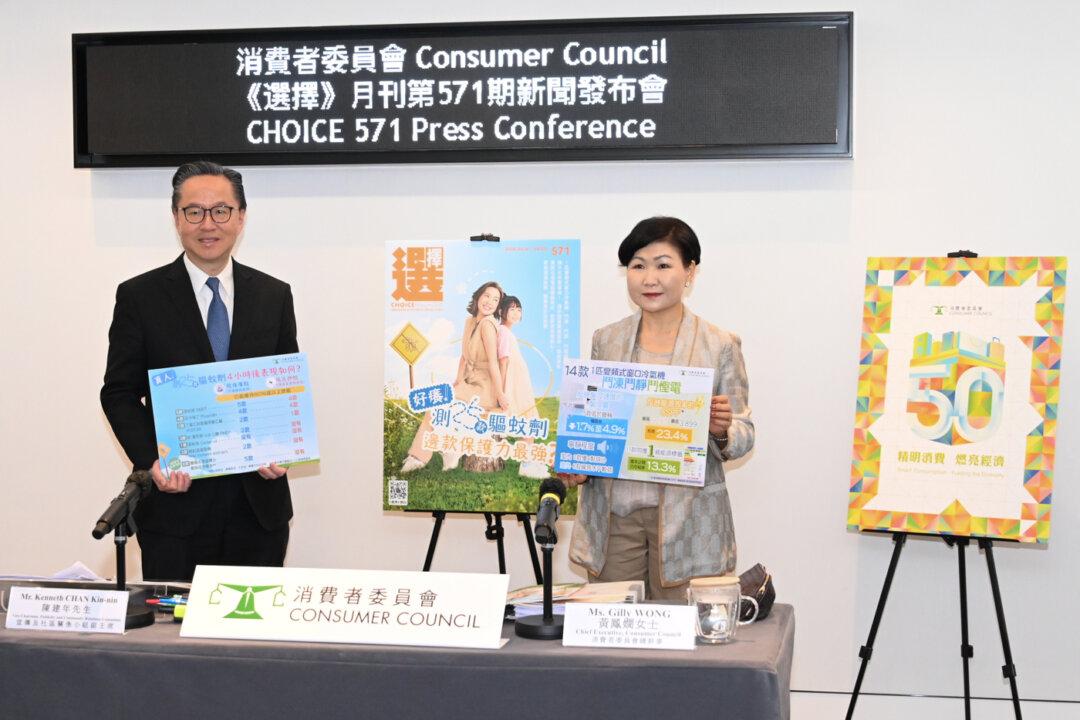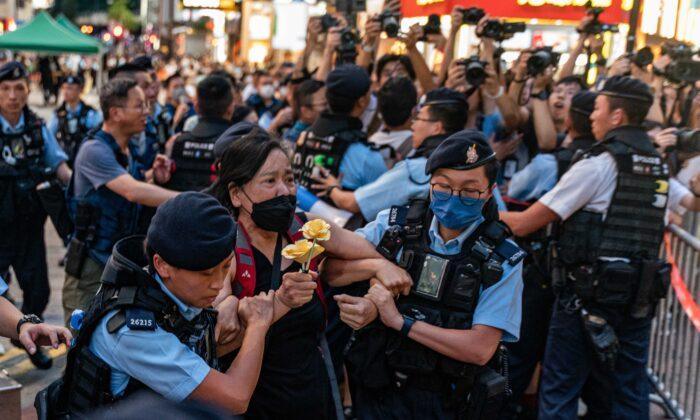The Hong Kong Centenarian Study and the Hong Kong Council of Social Service (HKCSS) released a research report saying that the population of centenarians in Hong Kong has increased from 1,890 in 2011 to 11,575 in 2021, an increase of more than six times. The proportion of centenarians in the population is second only to Japan.
However, the study also found that nearly 75 percent of the elderly suffer from three or more chronic diseases, and some of them and their caregivers face social isolation.
The report suggested strengthening “medical-social cooperation” and the use of technology to support home care for the elderly and support their caregivers.
The research team conducted two phases of the study in 2011 and 2021. First, they found that the population of centenarians in Hong Kong increased dramatically from 1,890 in 2011 to 11,575 in 2021.
The team interviewed 151 family caregivers of community-dwelling elders aged 95 or older by telephone and in person from April 2021 to September 2022 to understand elders’ and caregivers’ characteristics and circumstances.
Among the elderly in the surveyed households, 80 percent were aged 95-99, the oldest being 106 years old, and the majority were female, accounting for 75 percent of the respondents. As for the caregivers, more than 55 percent were aged 65 or above, and the oldest caregiver was 92; 80 percent of the caregivers were children of the elderly.
The study found that nearly 75 percent of the elderly had three or more chronic illnesses, such as hypertension, cardiovascular disease, cataract, osteoporosis, and diabetes. In addition, about half of the elderly could not take care of themselves or need assistance with at least one of the following: bathing, dressing, eating, or going to the toilet.
Socially, nearly 40 percent of the elderly and more than half of the caregivers experienced social isolation, meaning they had fewer than two contacts with relatives or friends in a month. In addition, most of the elderly are supported by their children, and the next most important source of financial support is the Old Age Allowance or Old Age Living Allowance.
As for the use of technology, caregivers agreed that technology has made their lives easier. The most commonly used technology products are remote monitoring devices, such as remote cameras and smartphones, and devices to check their health, such as electronic blood pressure and thermometers.
According to the HKCSS Business Director, Chan Man Yee, as the elderly age, it is difficult to reverse the decline of their physical functions. However, appropriate support services, coupled with the assistance of gerontech, can enable the elderly to maintain a certain degree of self-care and cognitive ability and enhance the caregivers’ confidence and ability to care for and care for the elderly, assist in aging in place, and strengthen social connections.
Additionally, this study shows that elderly caregivers often have to deal with heavy mental and financial pressure, and “an elderly taking care of another elderly” is very common.
The HKCSS recommends that the government purchases or rents appropriate gerontech equipment for the elderly. Fall prevention equipment can enhance home safety; daily living aids facilitate care.




